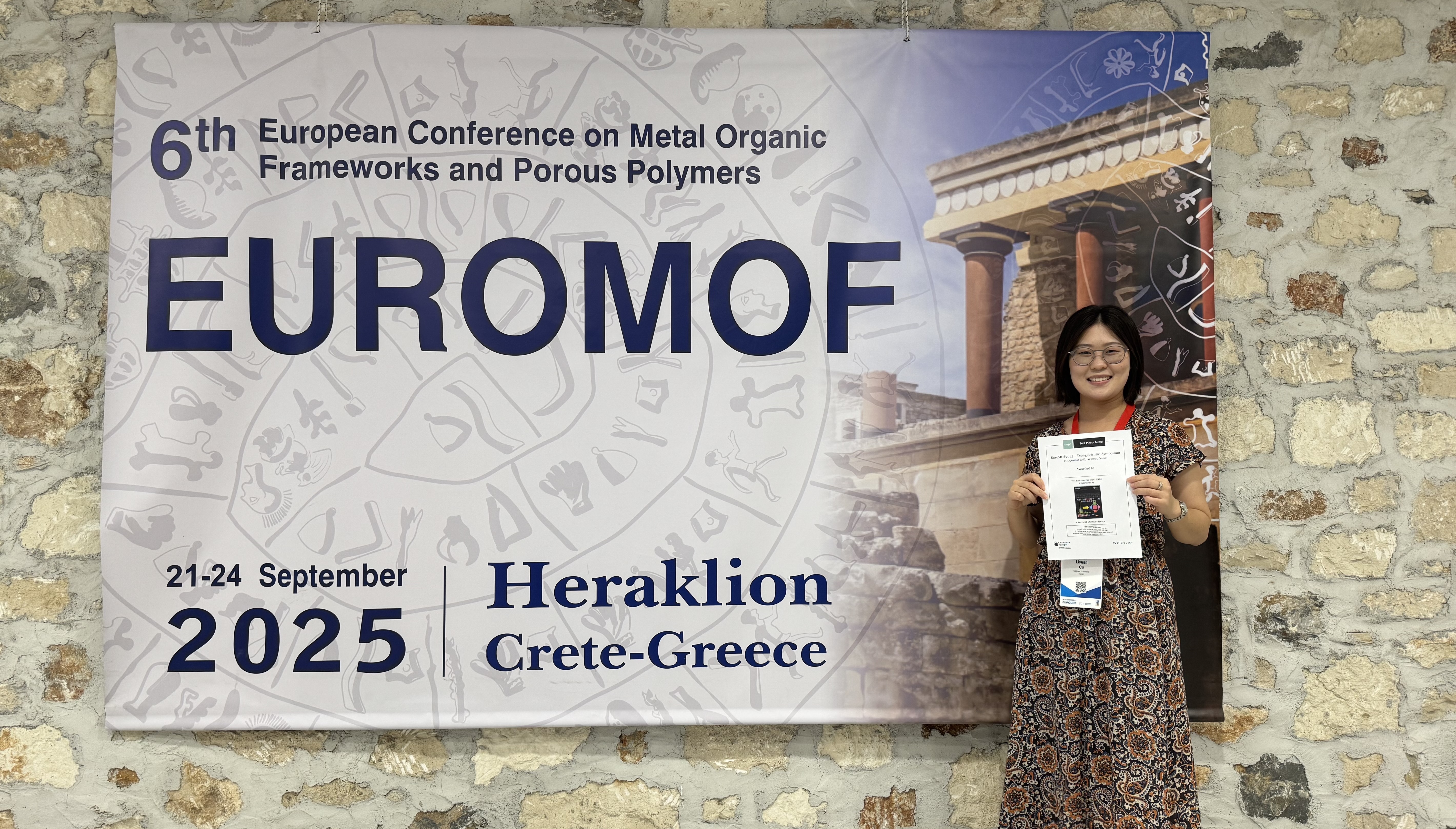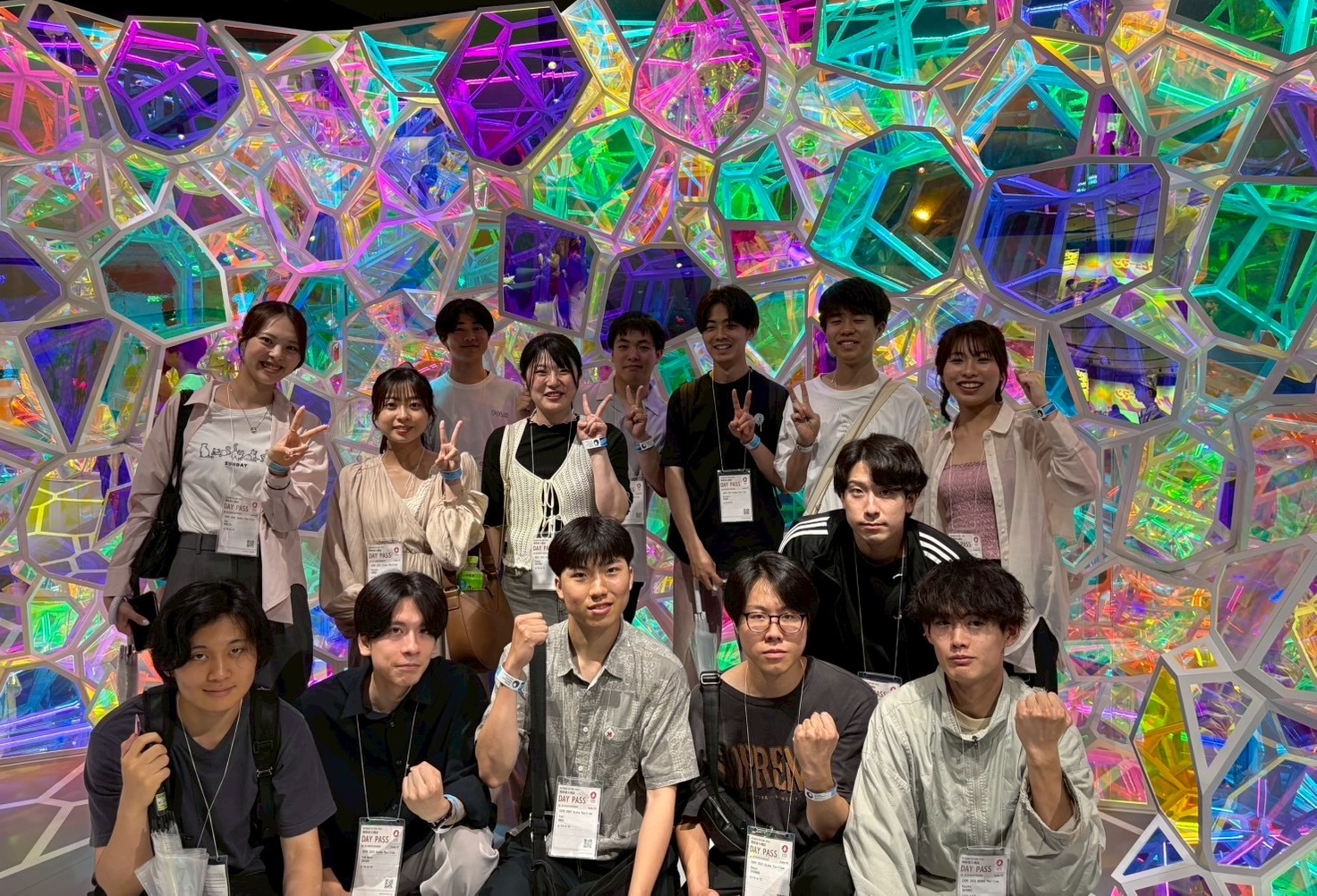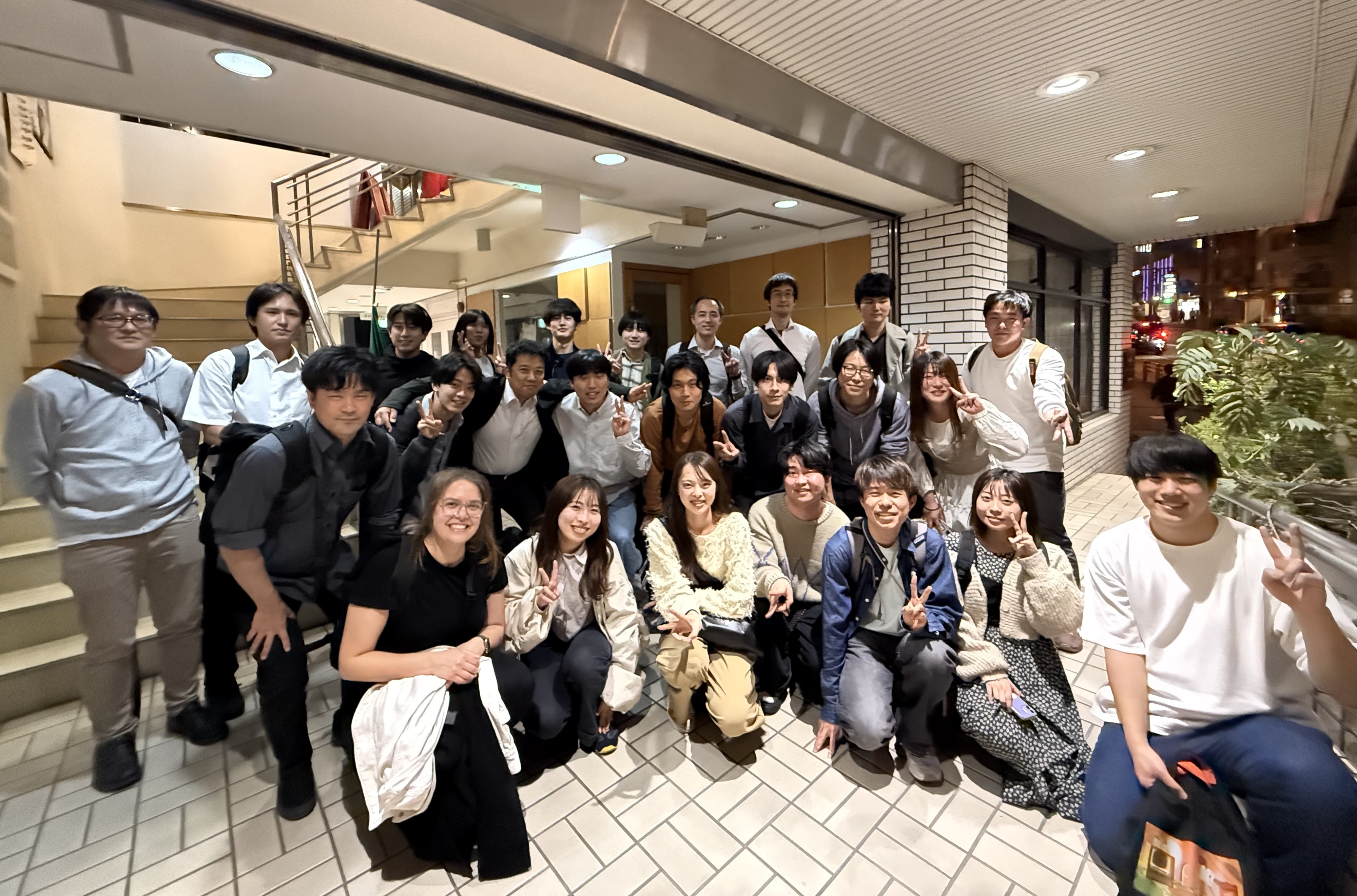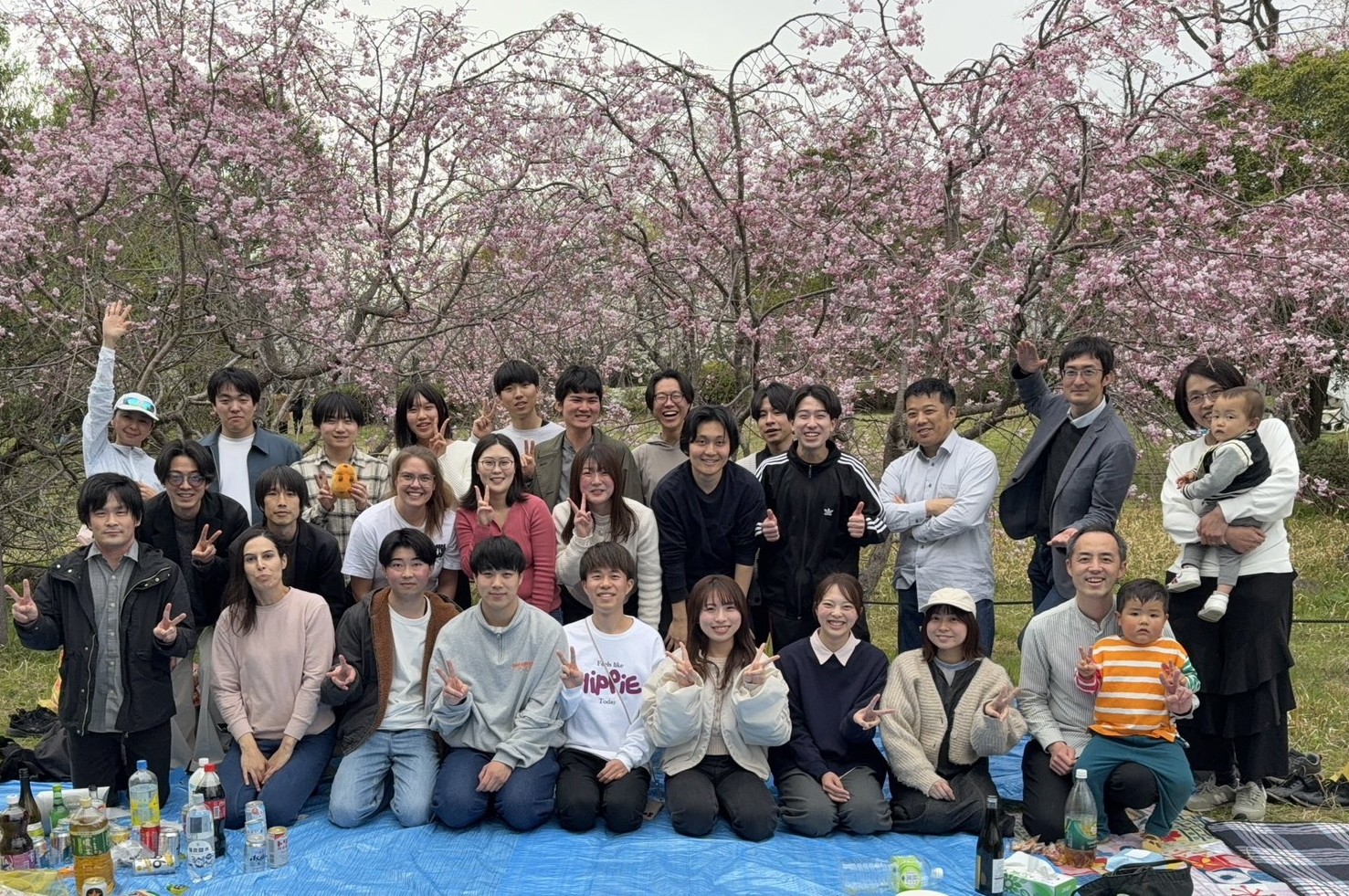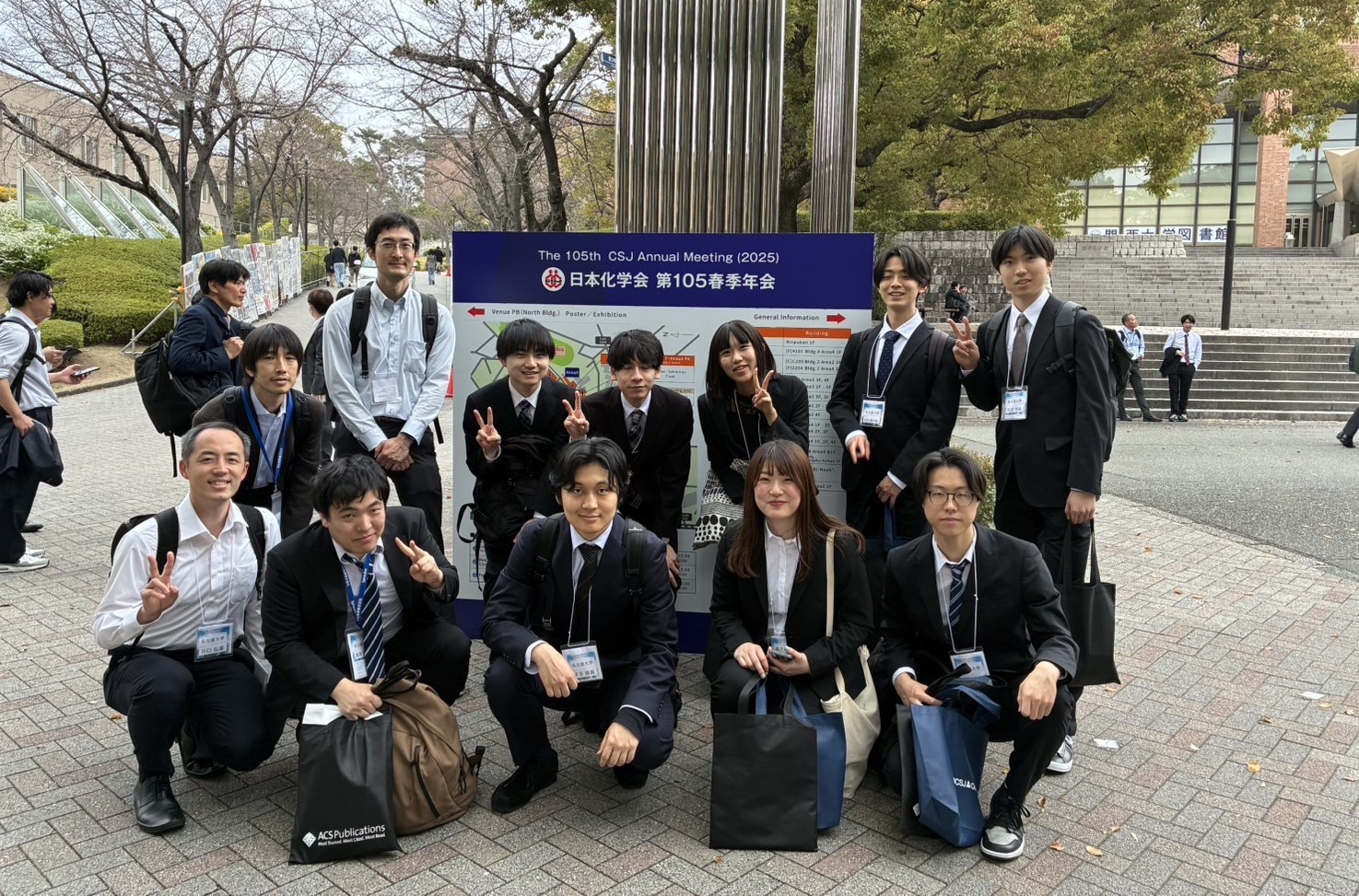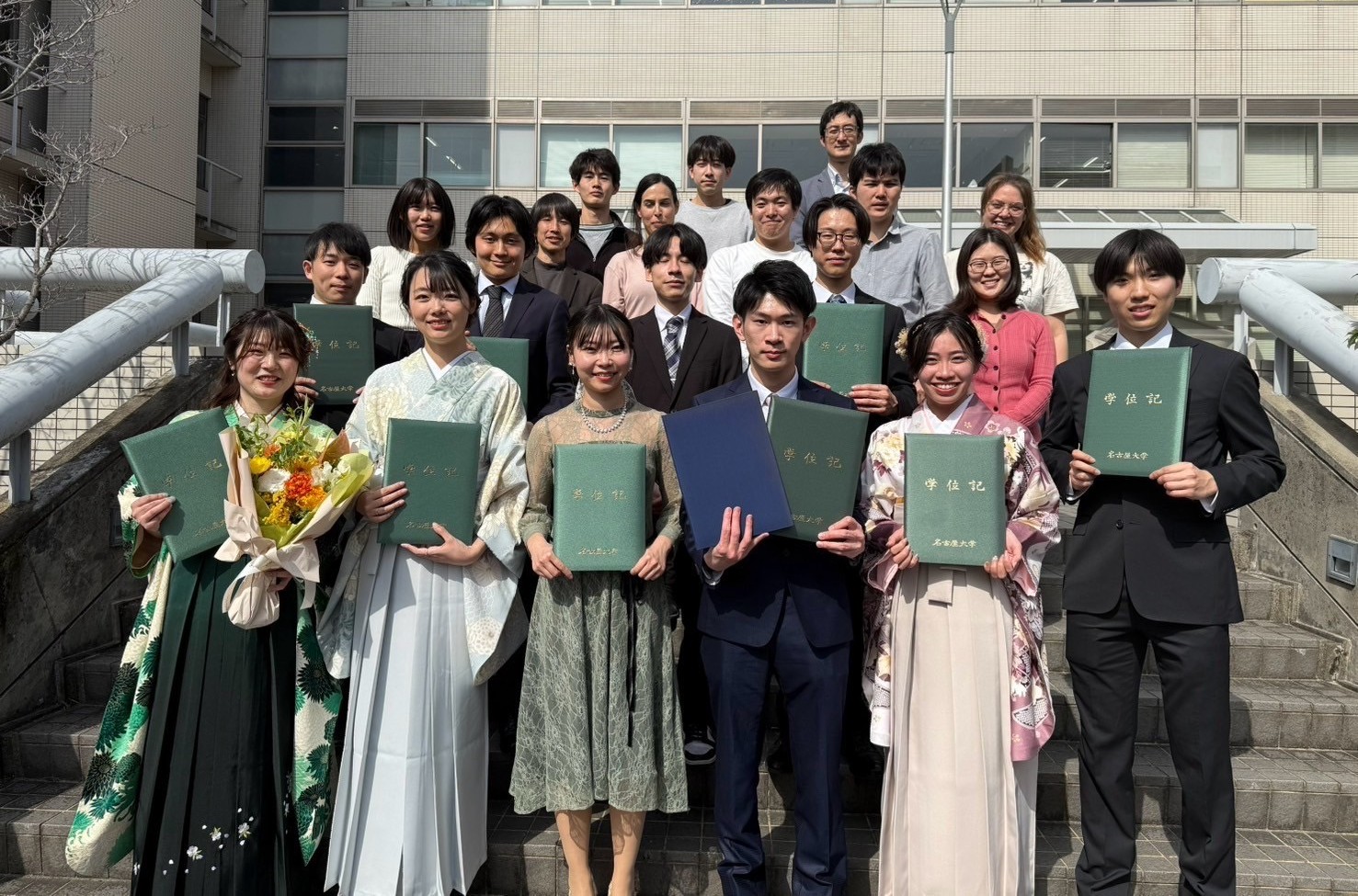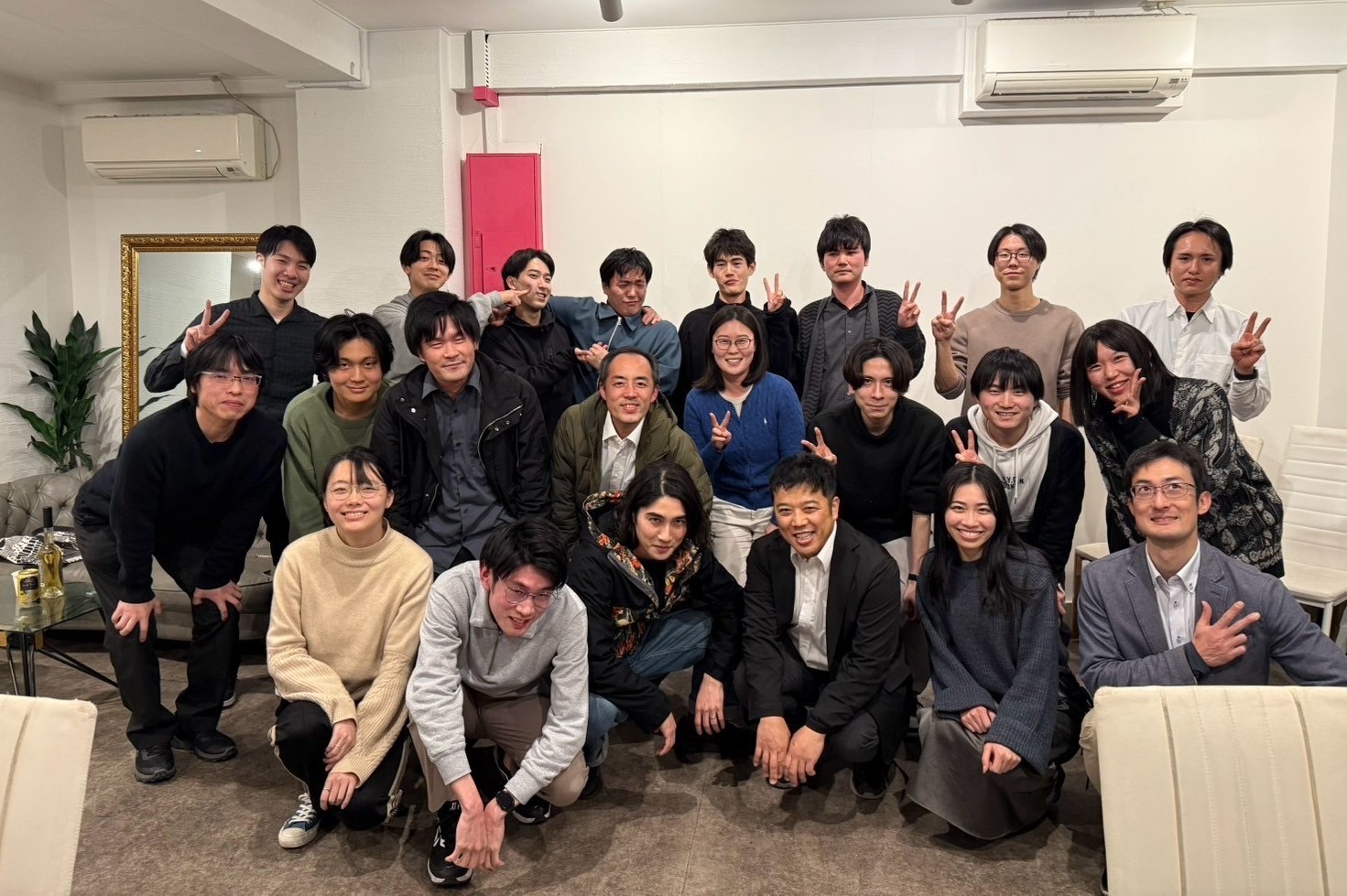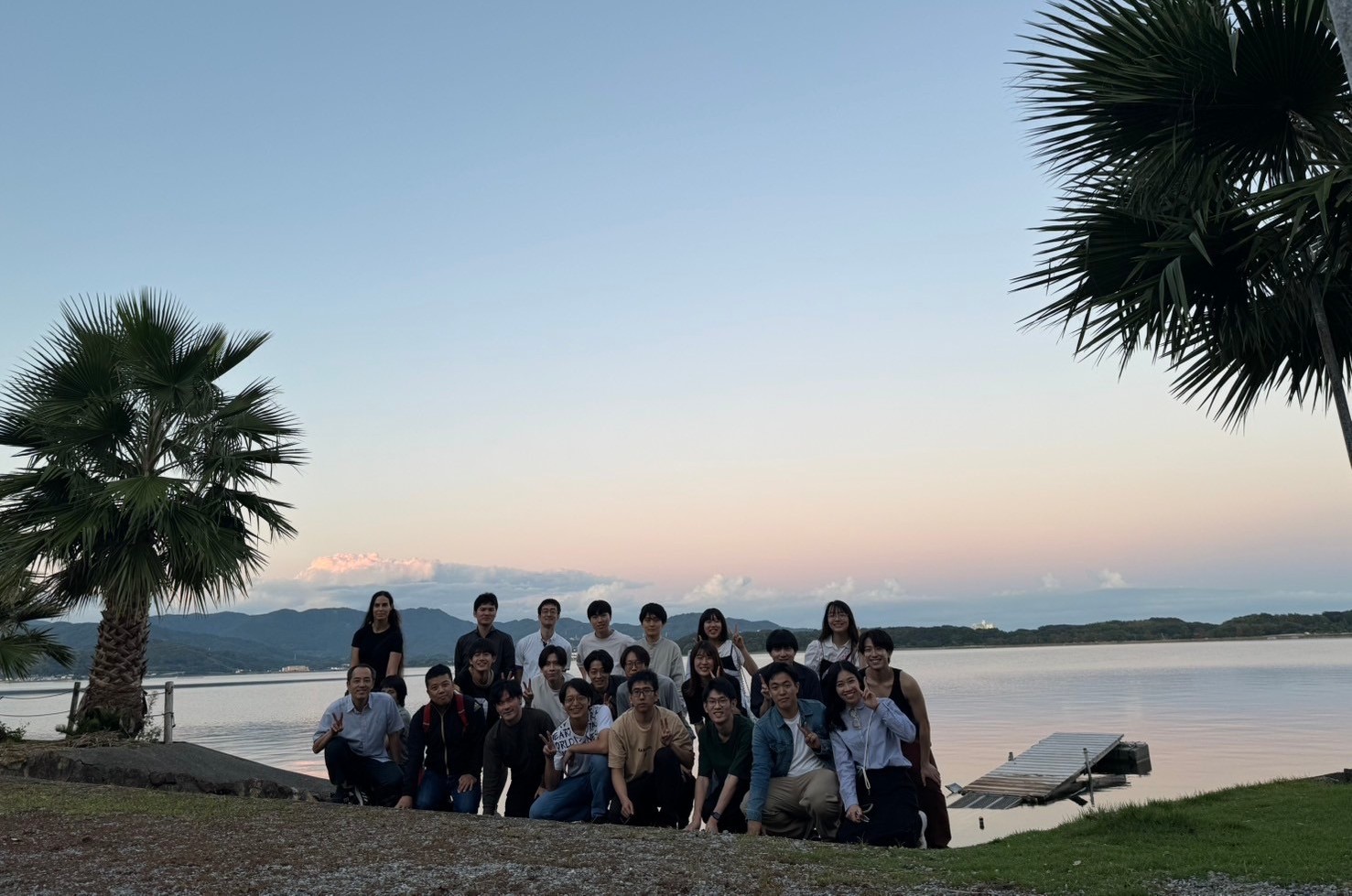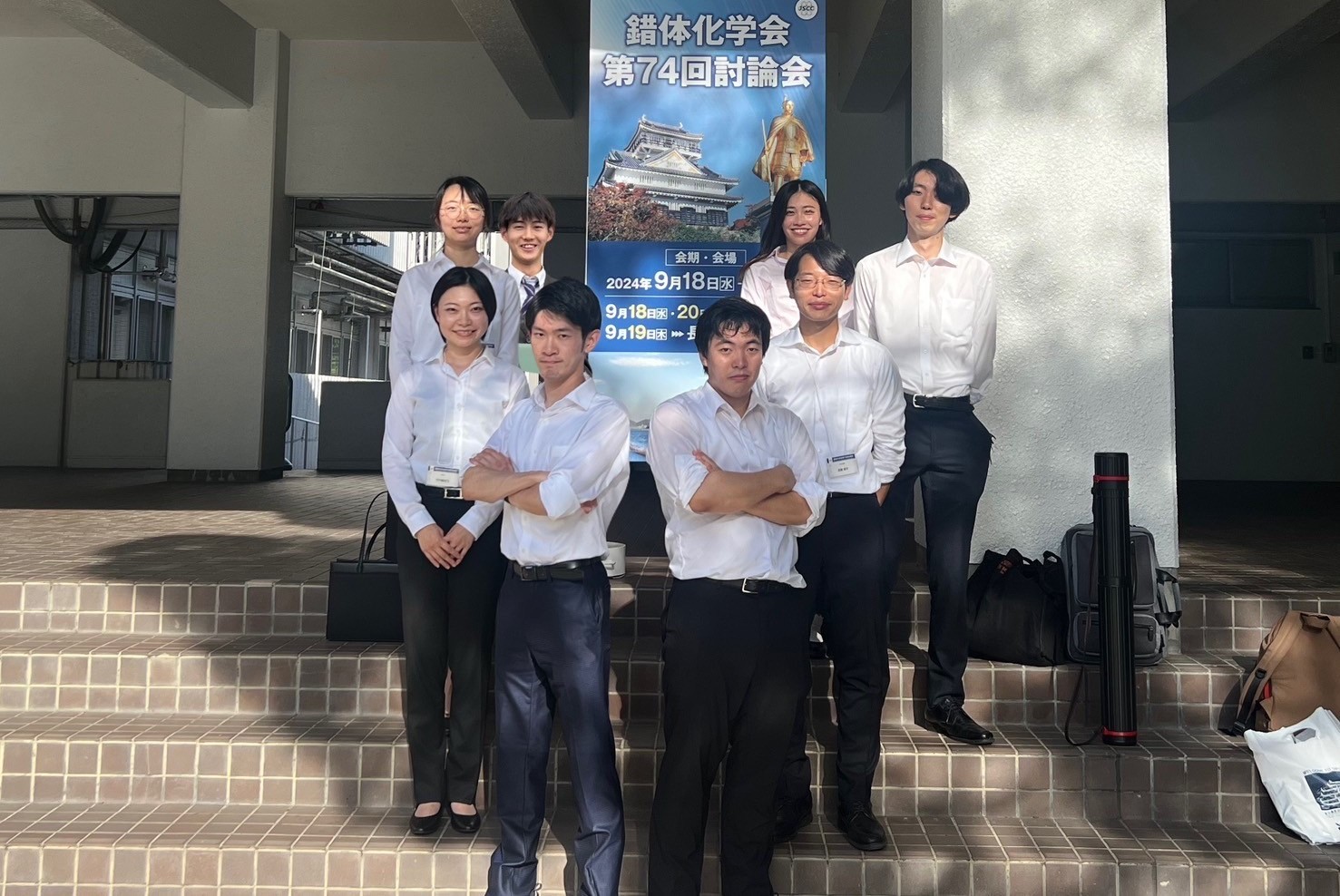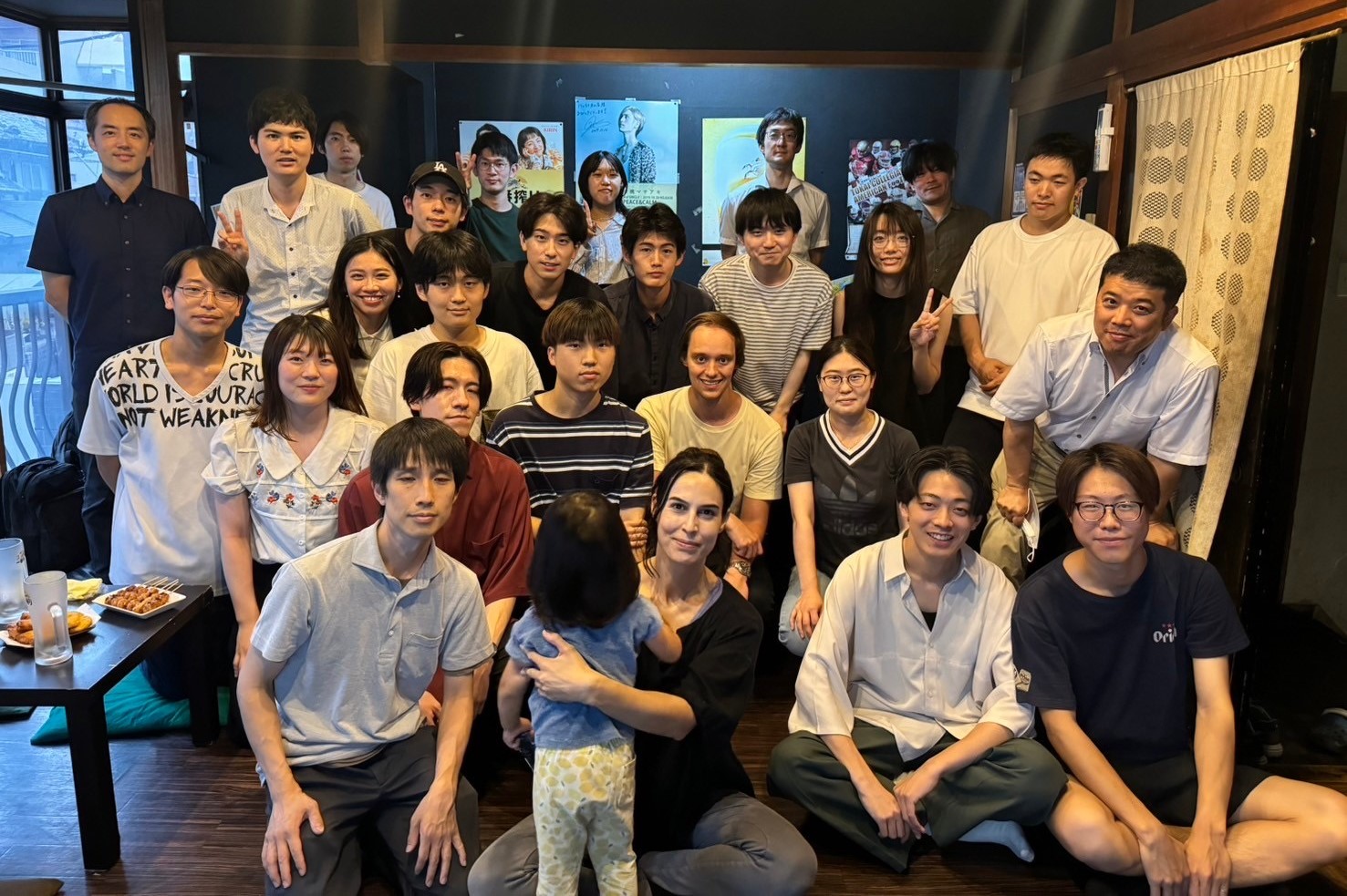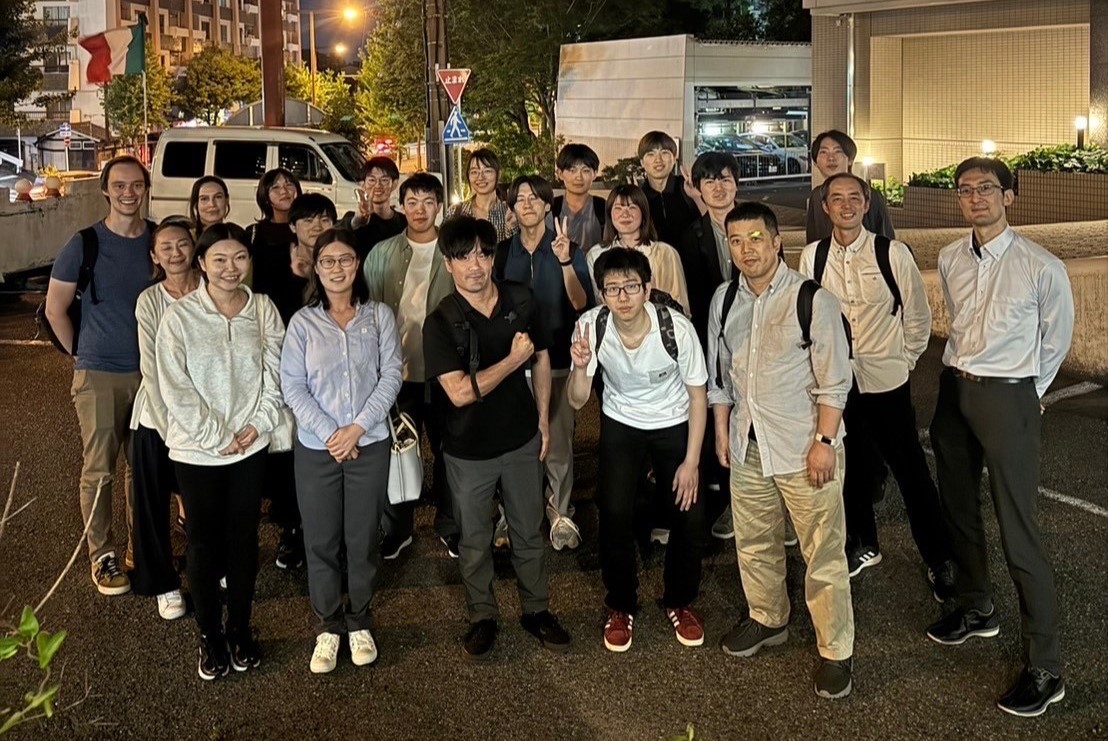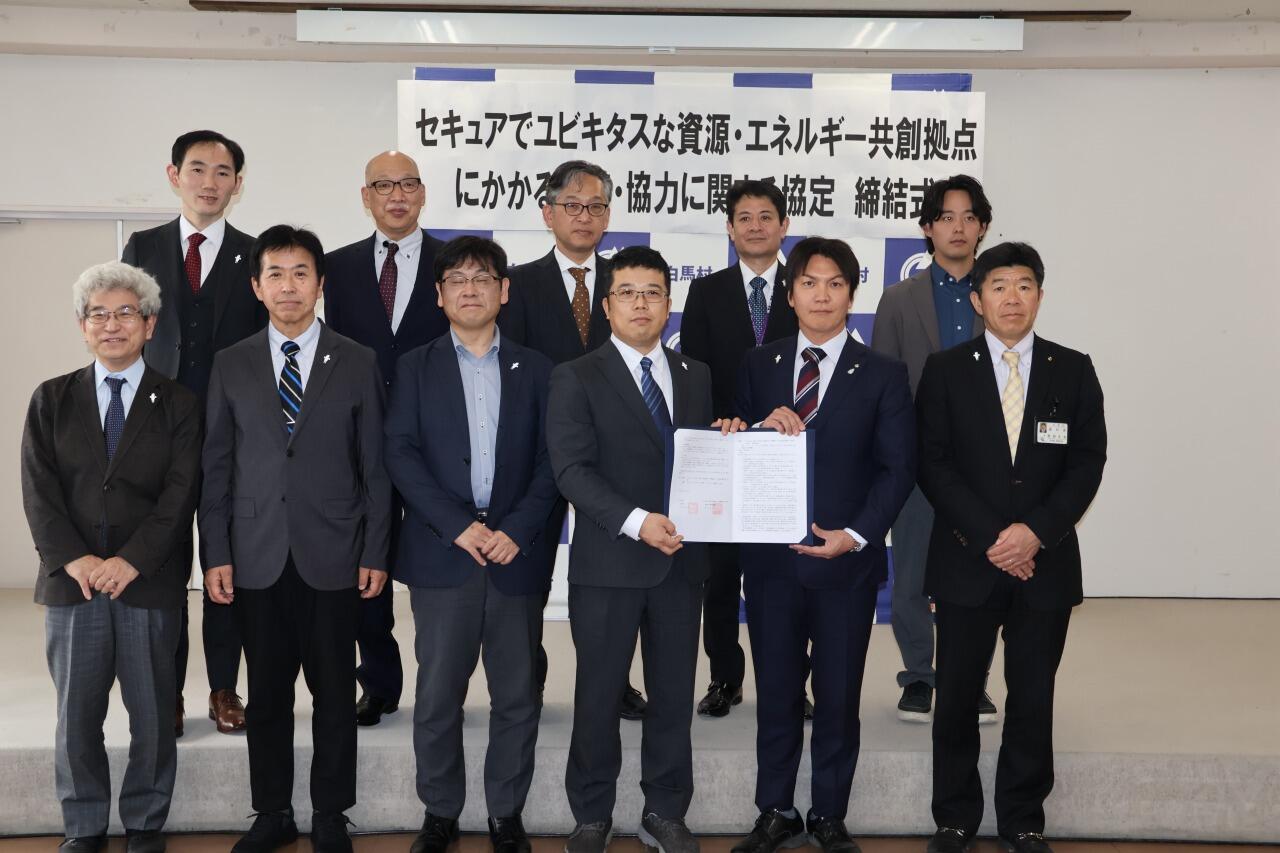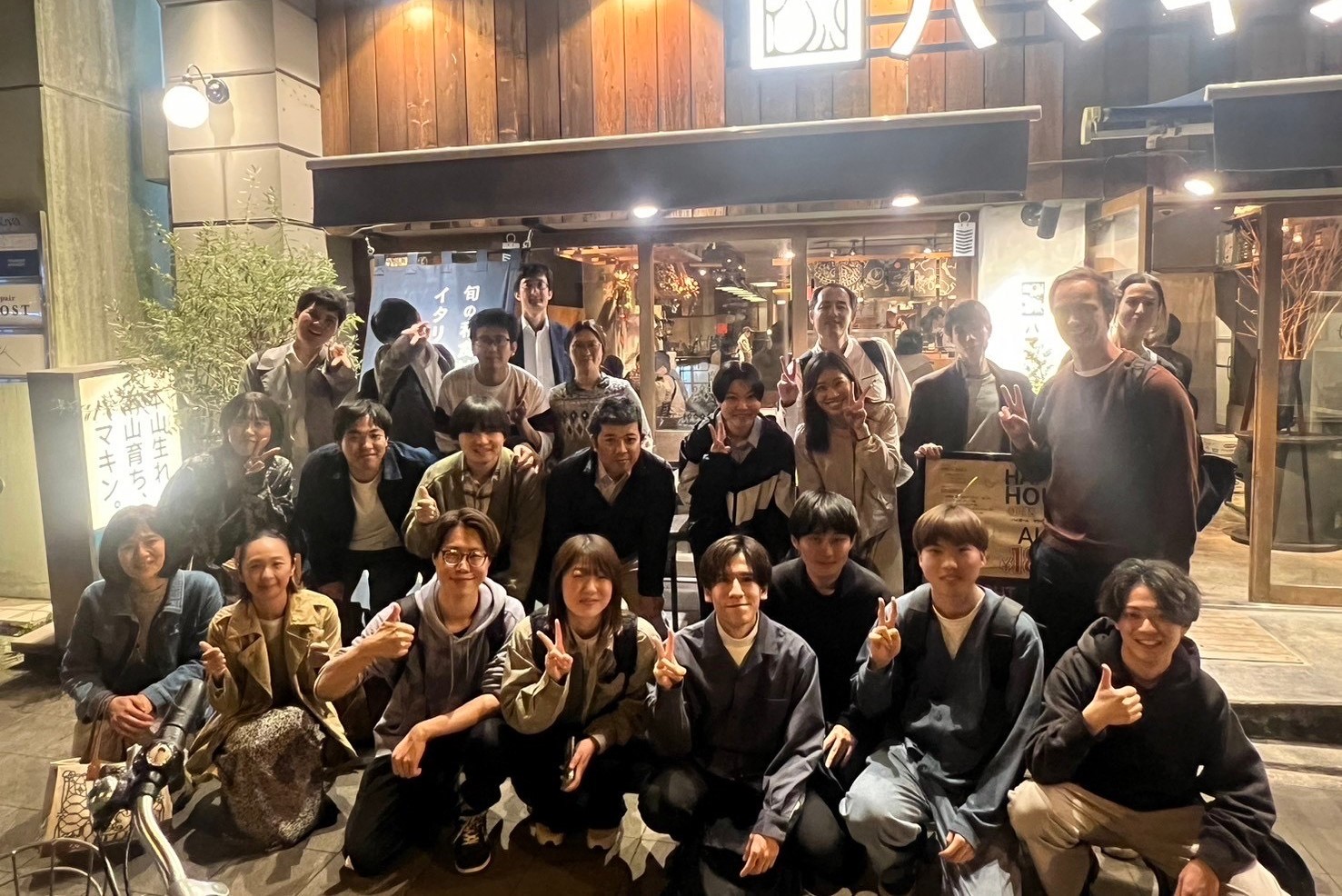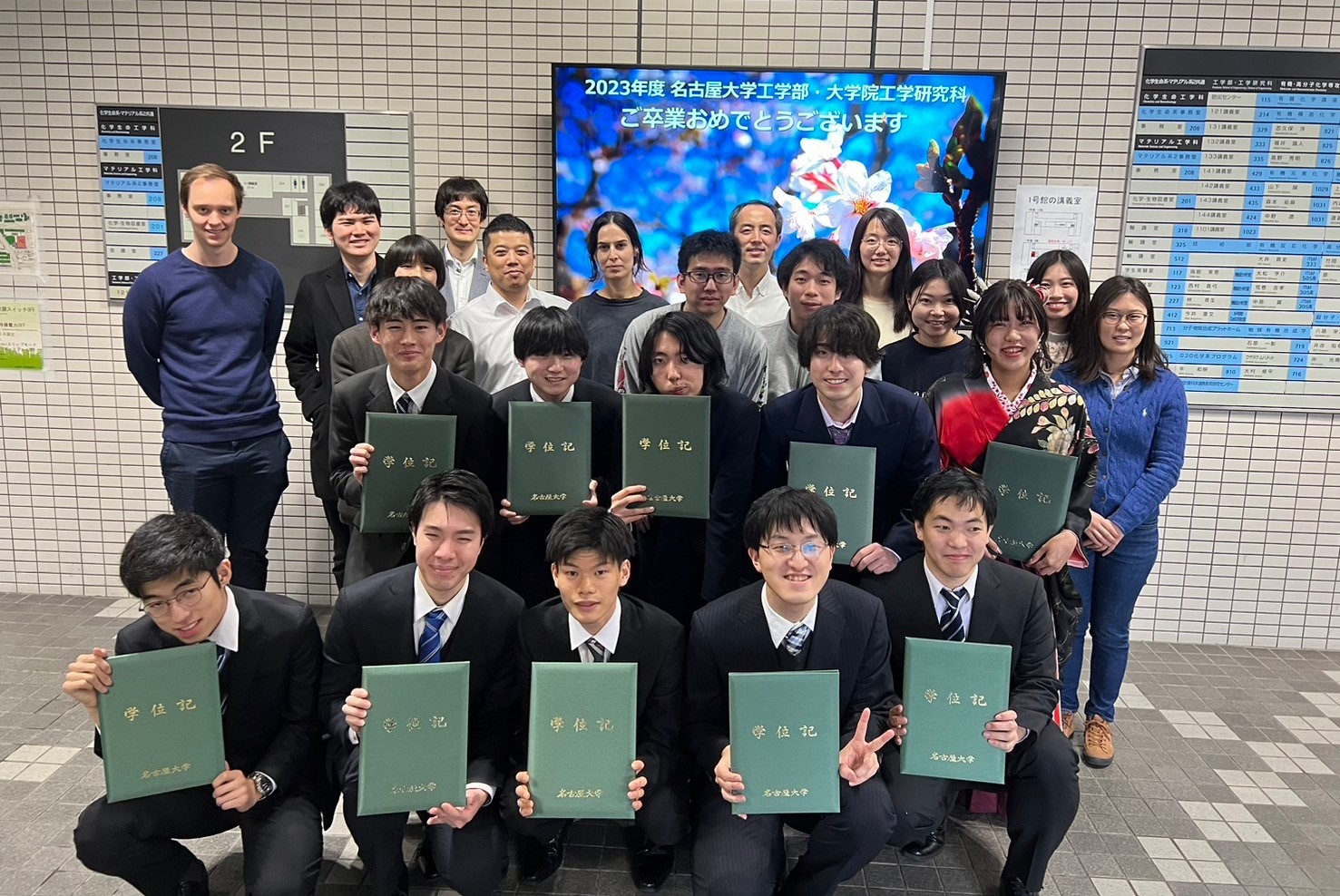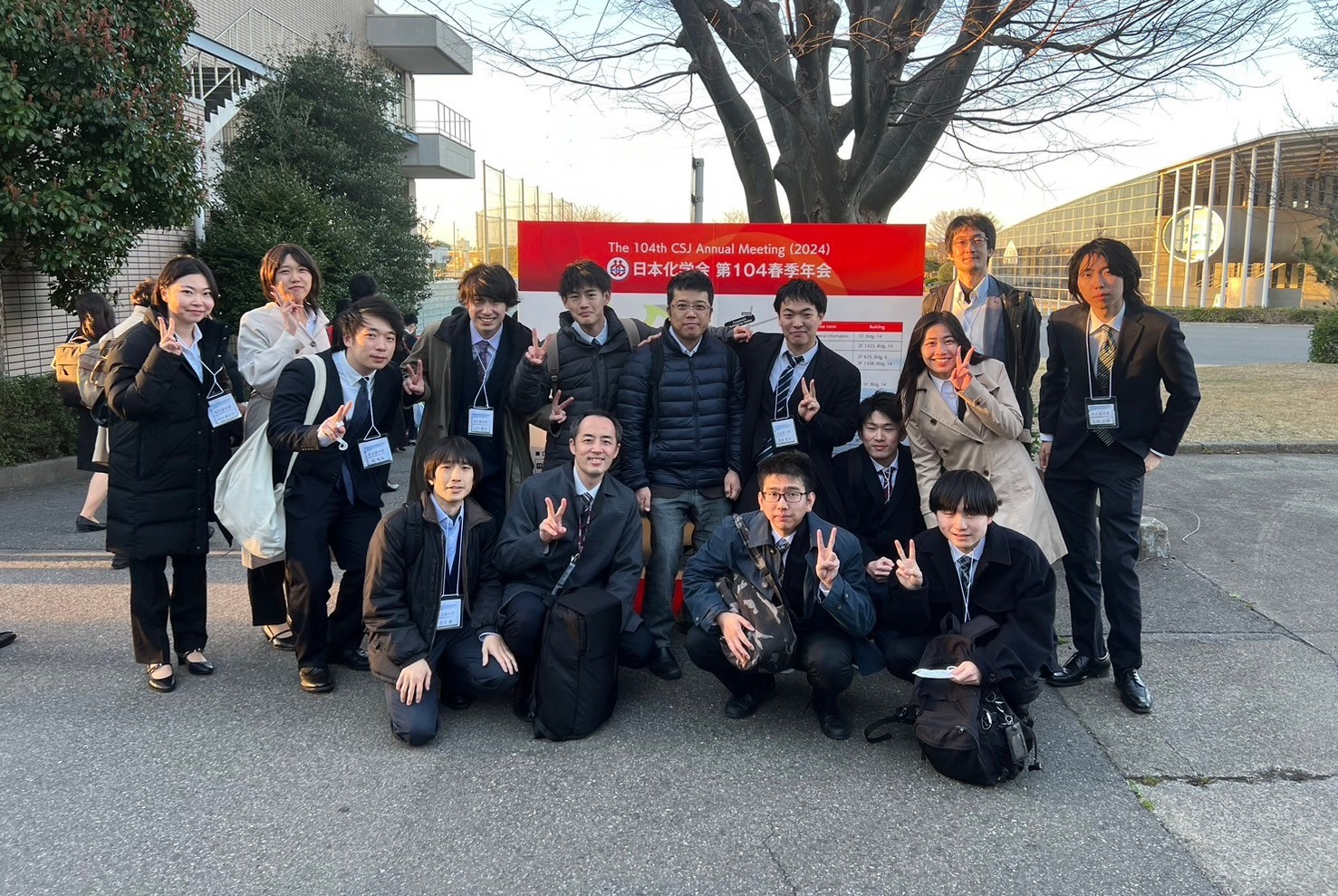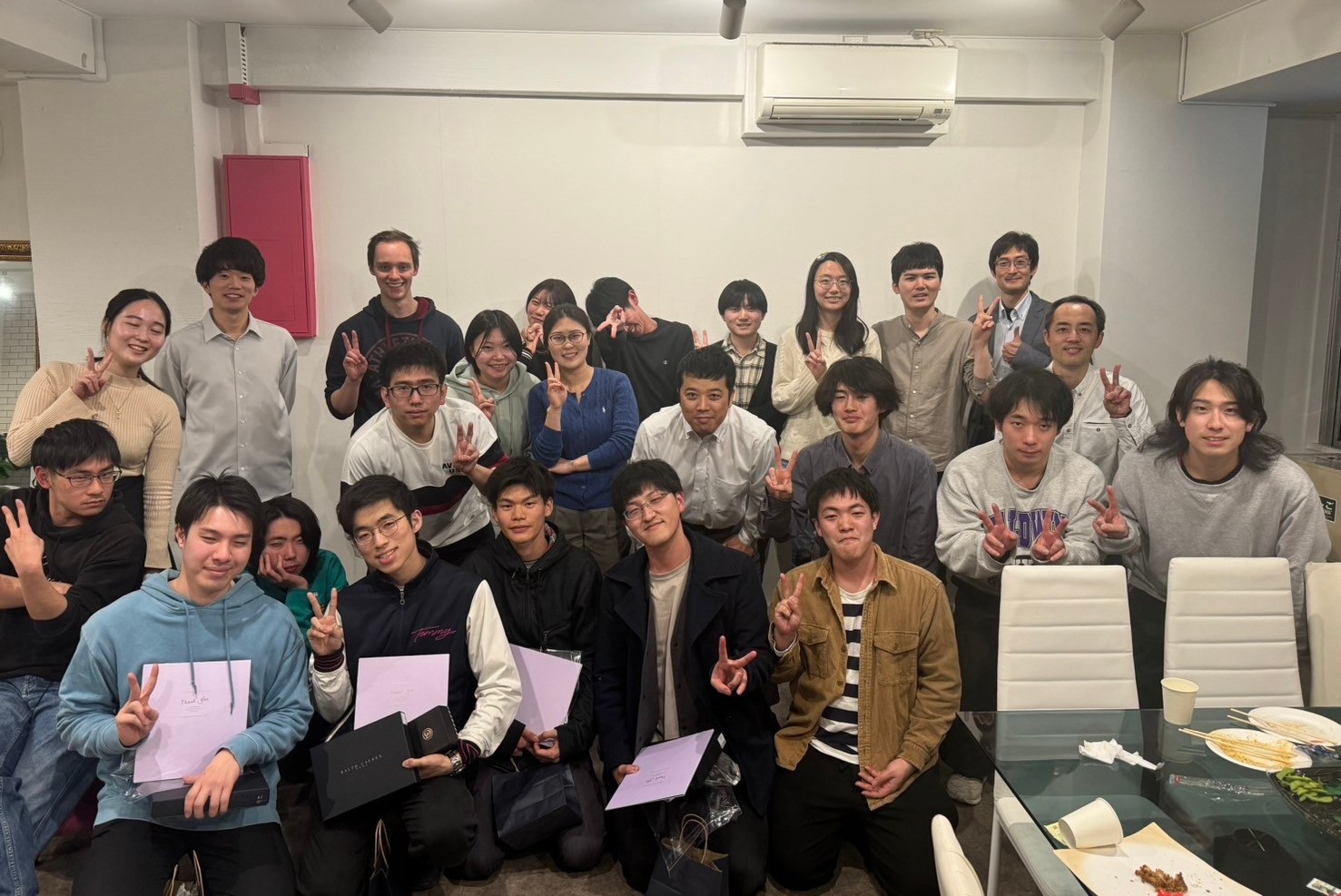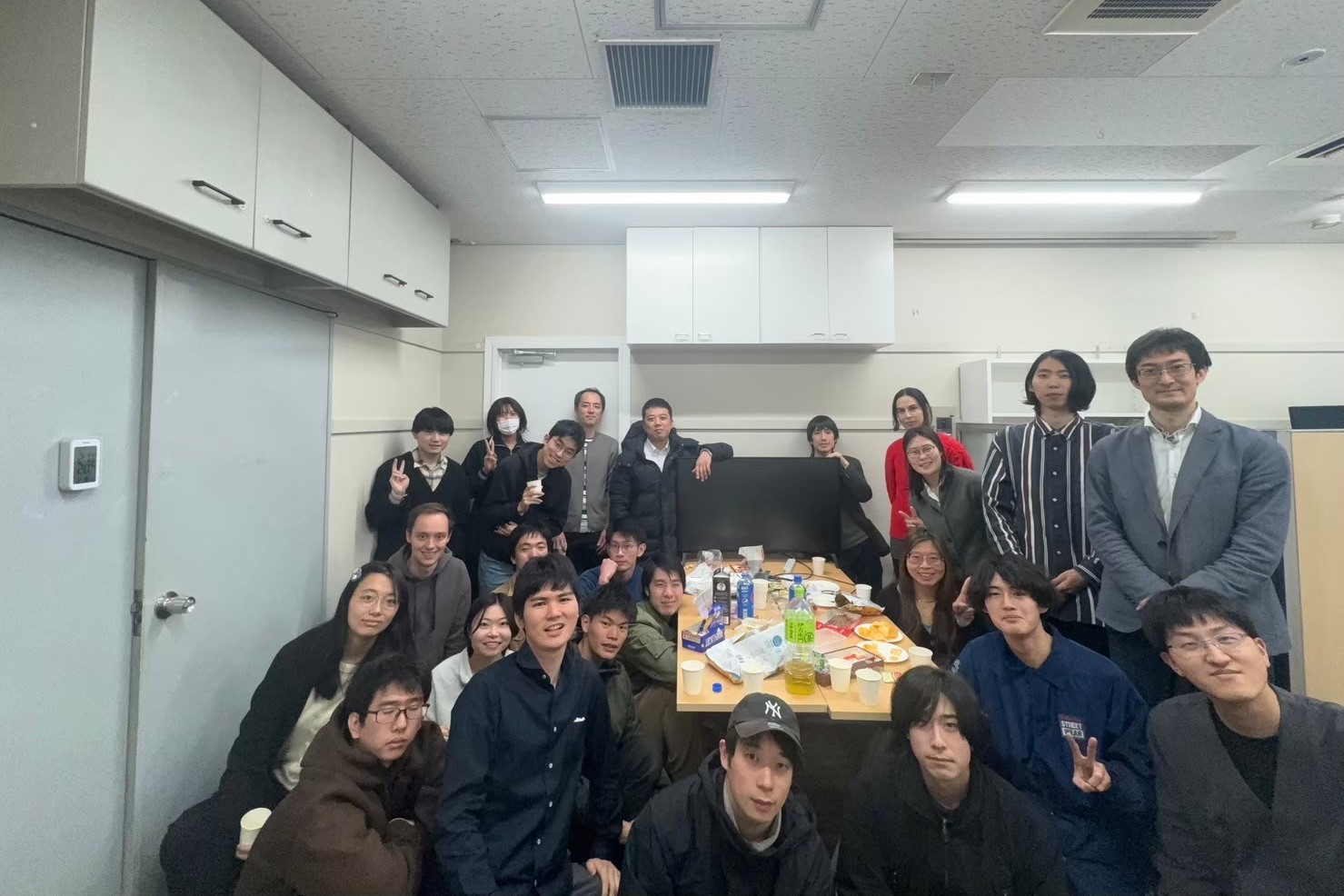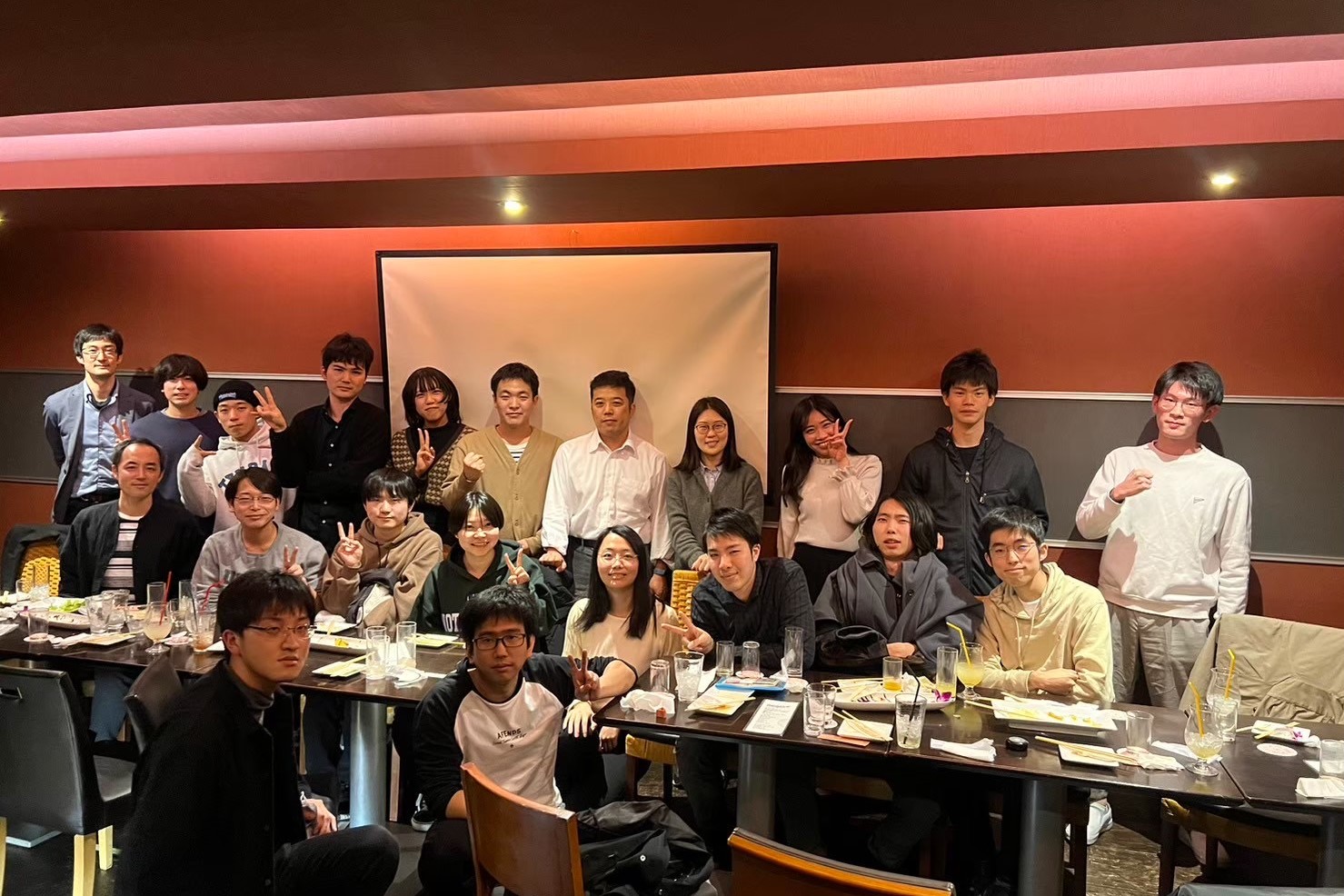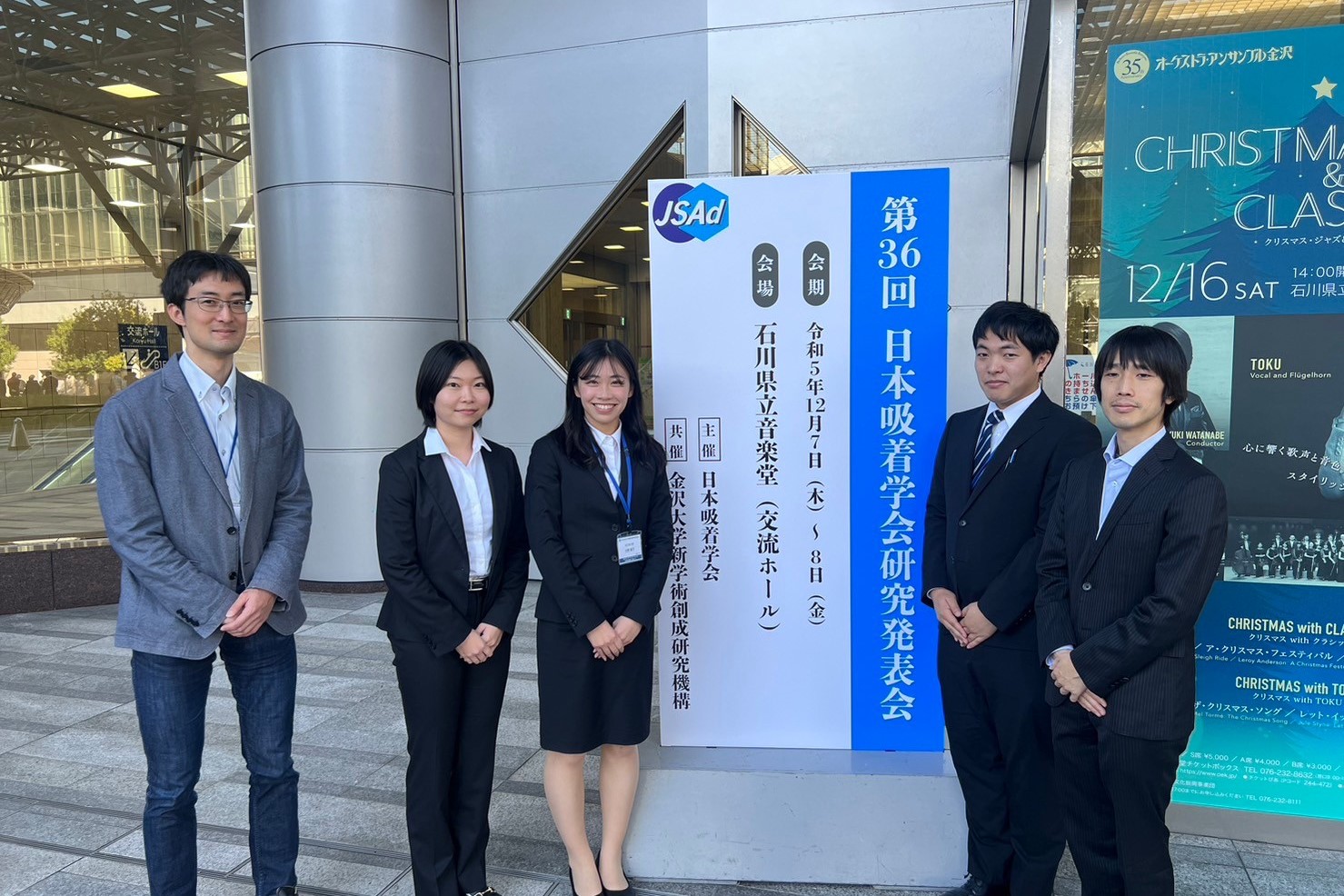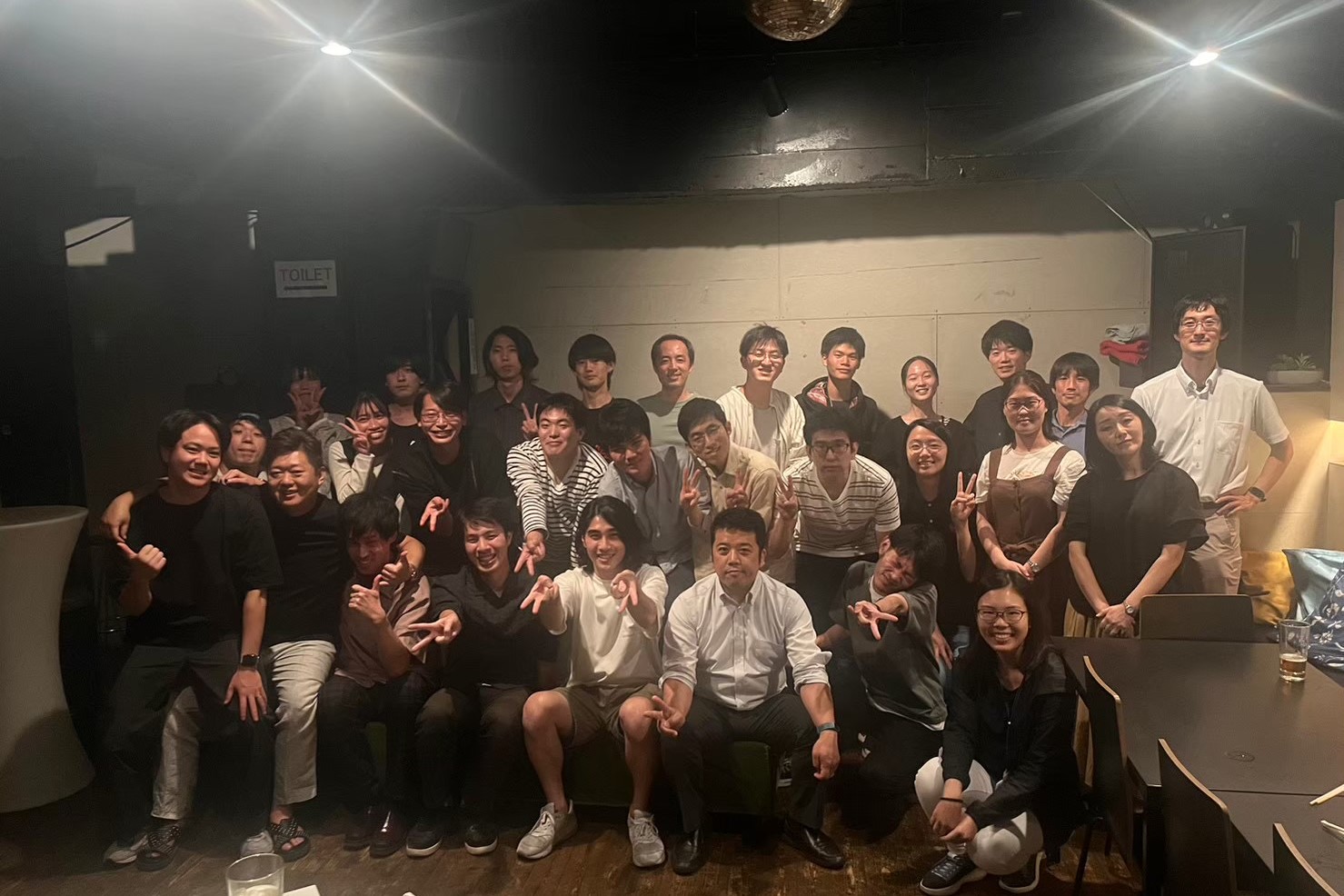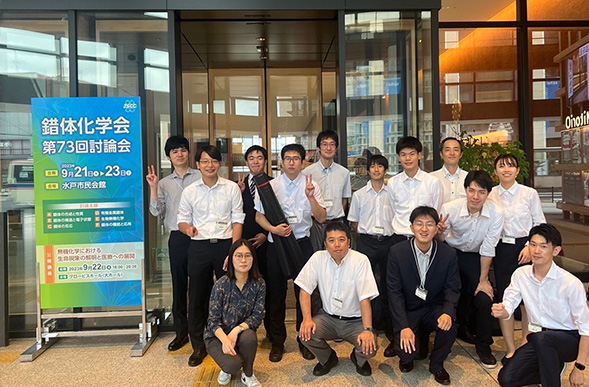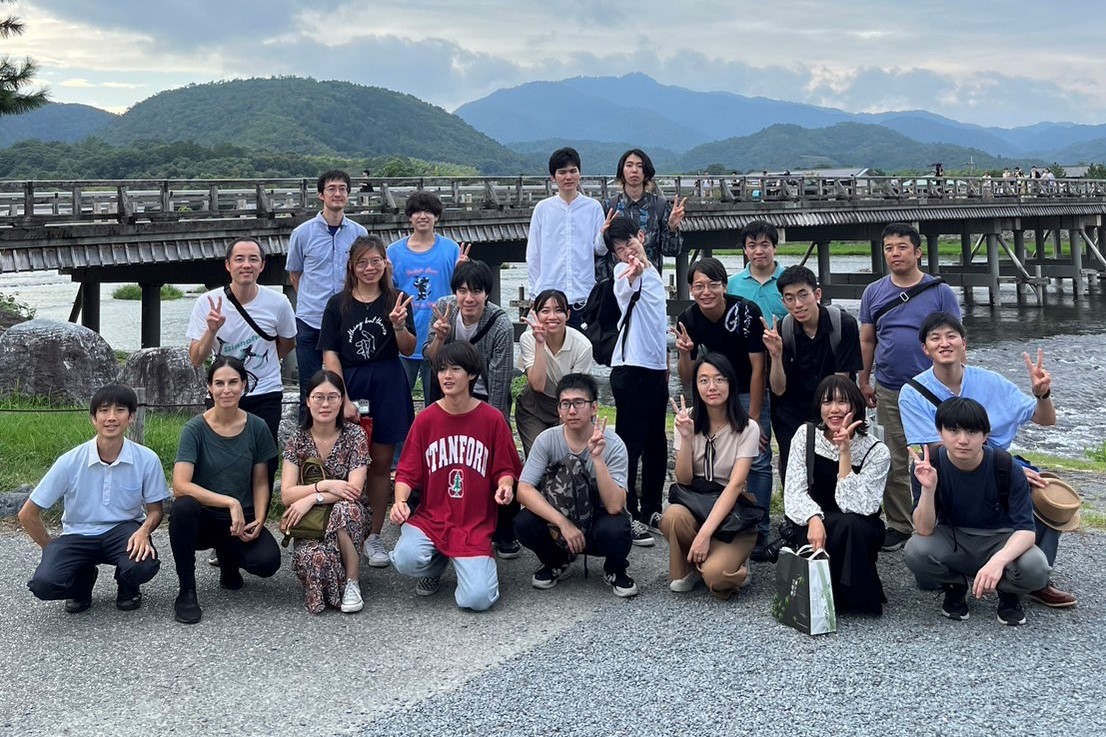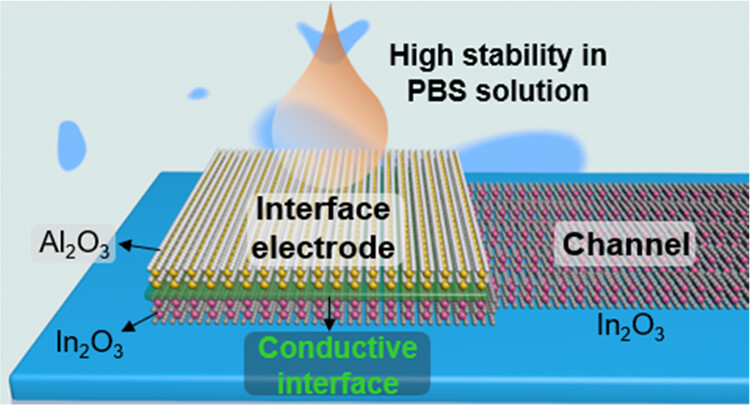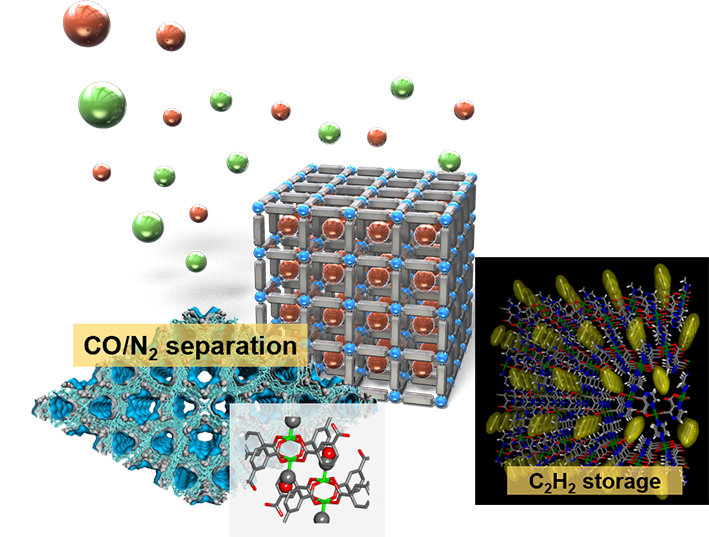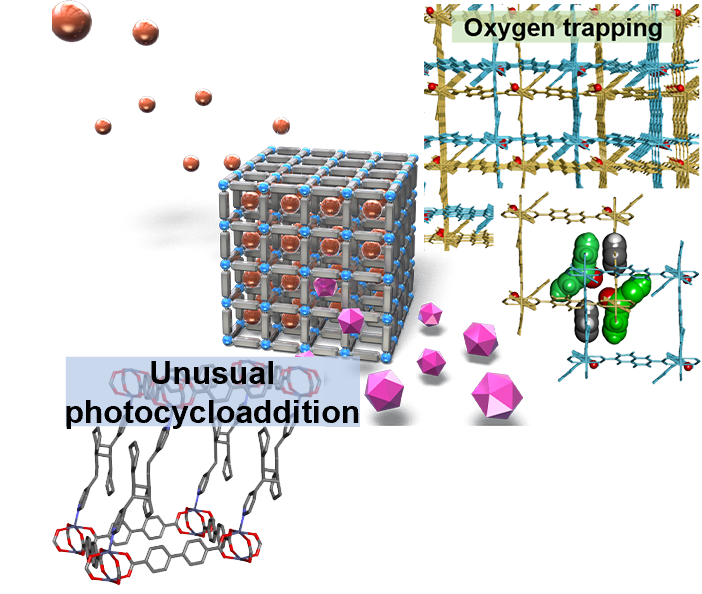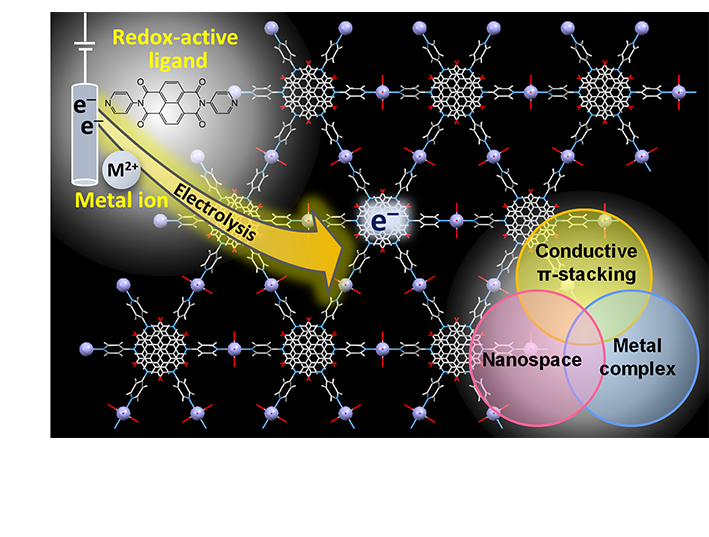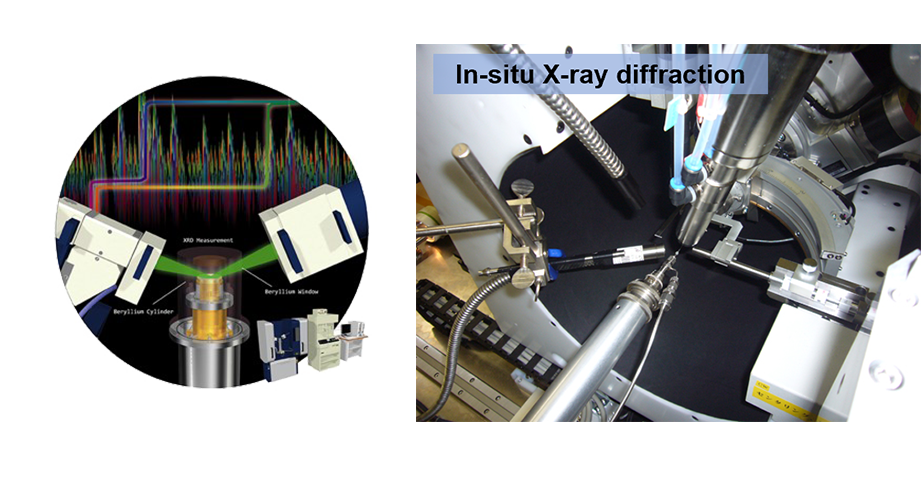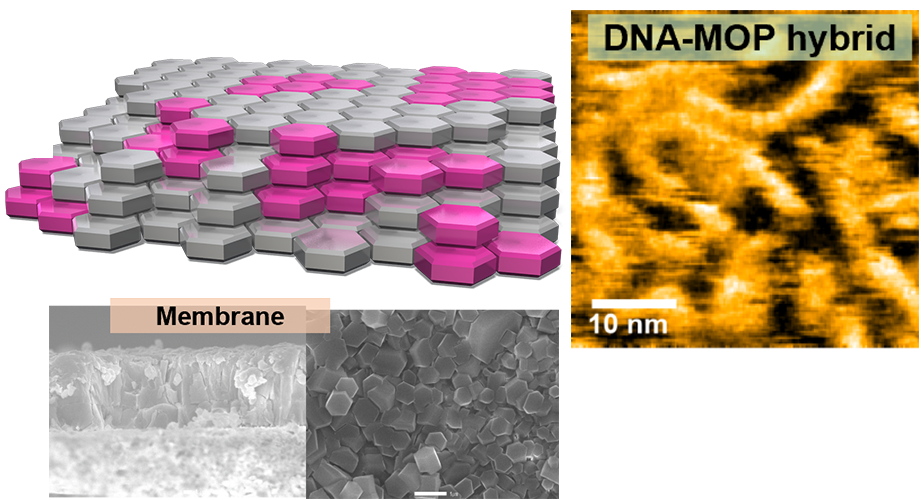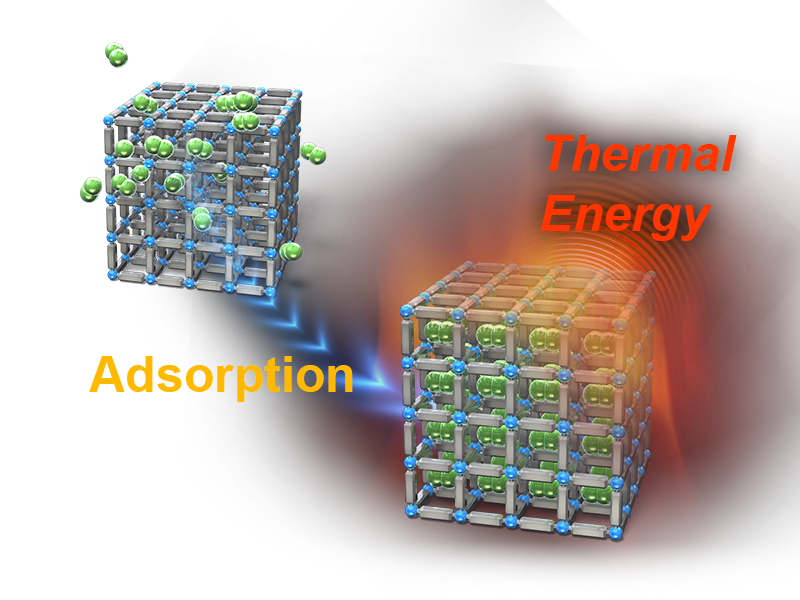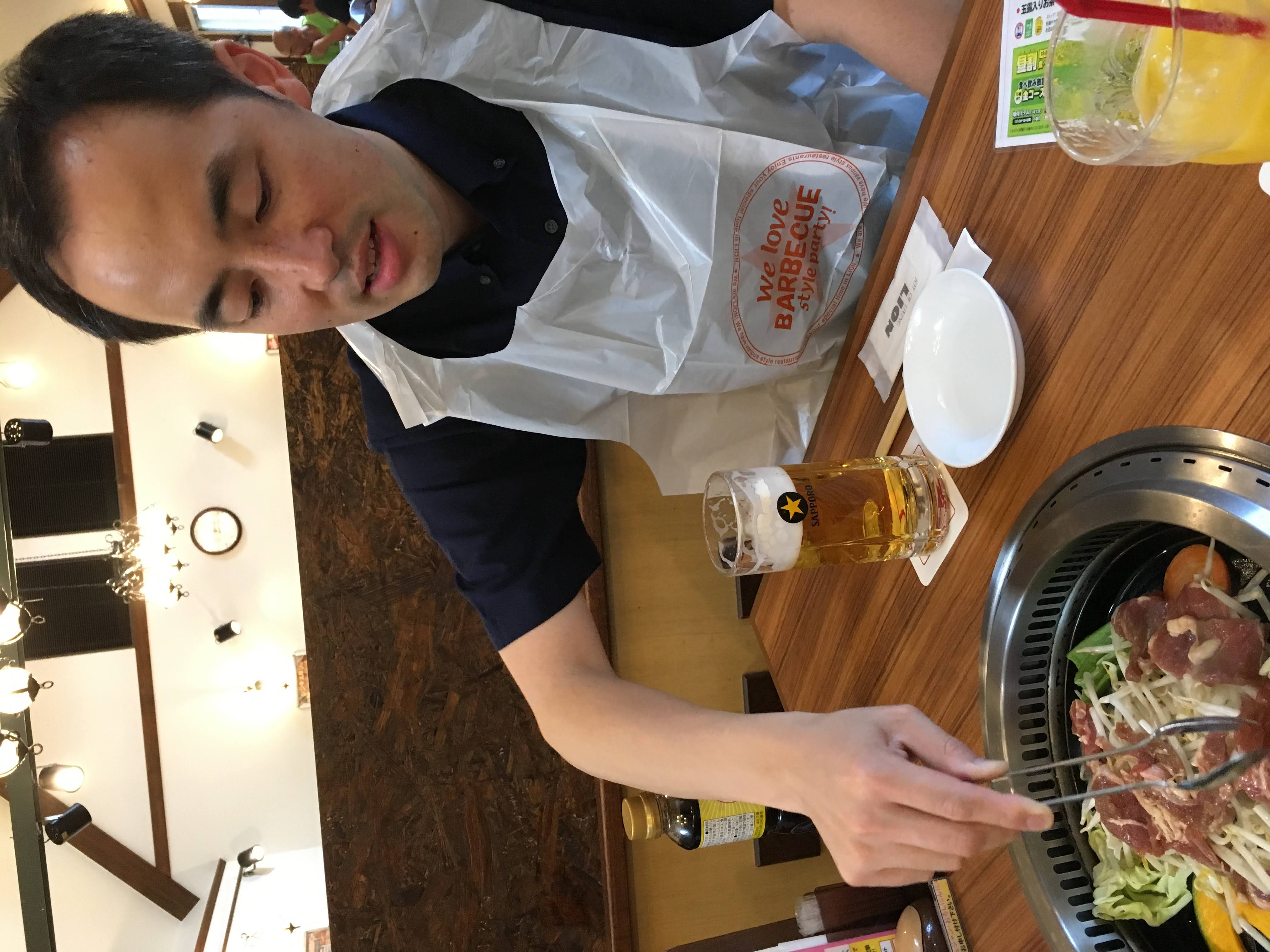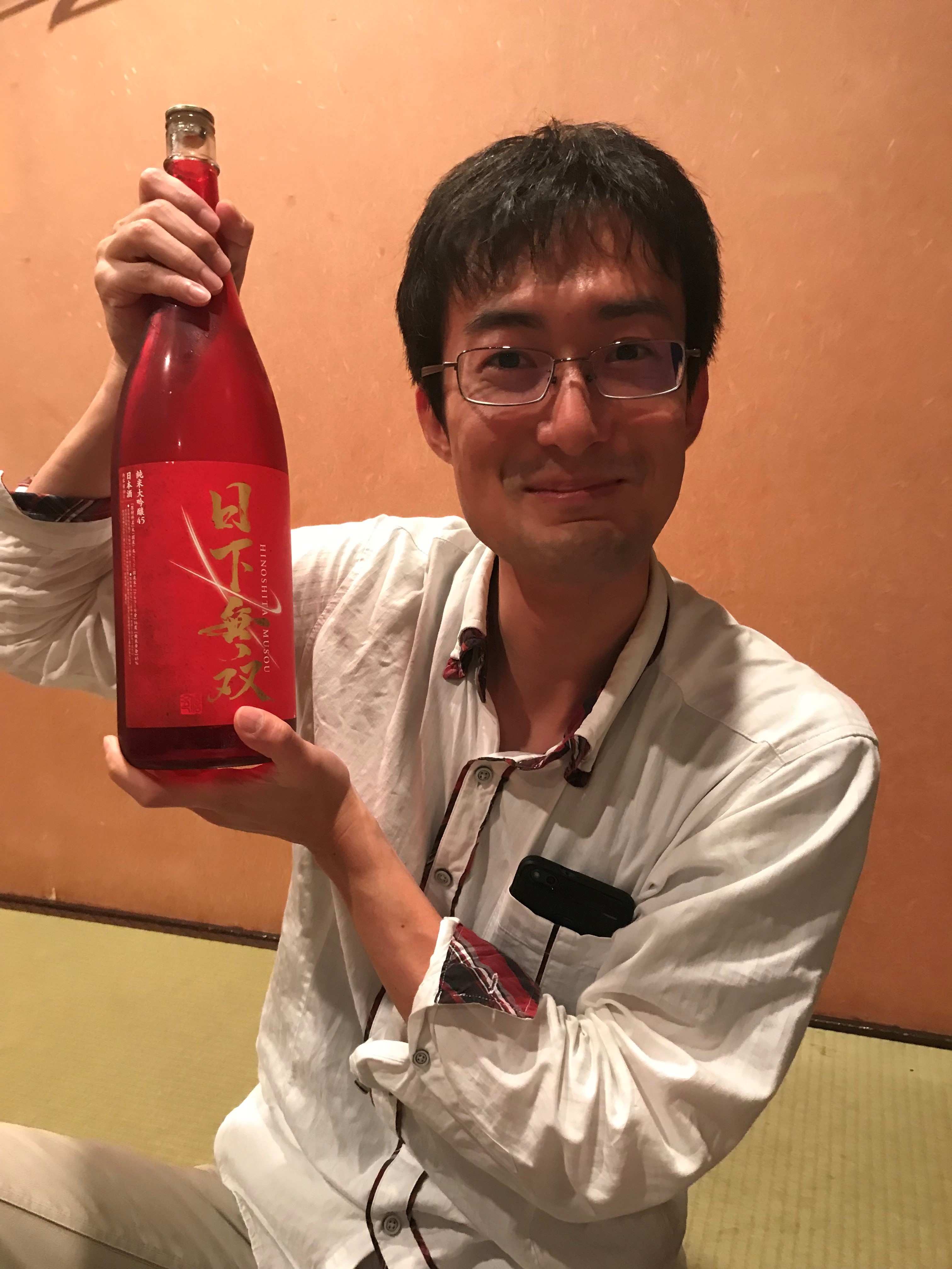RESEARCH
What is nanoporous metal complex?
Nanoporous metal complexes refer to a general category of nanoporous materials made from metal complexes. Among these, compounds in which metal ions and organic molecules are interconnected through coordination bonds to form a framework are called Metal–organic Frameworks (MOFs). Most MOFs are crystalline, thus containing huge number of micropores of uniform size within the framework, capable of capturing various small molecules. The combinations of organic ligands and metal ions that make up MOFs are infinite, and the framework structures are also diverse, making MOFs a group of materials with great variety. Therefore, the properties and functions of MOFs, represented by molecular adsorption, are varied, and our laboratory has discovered MOFs with outstanding properties that enable selective molecular capture, previously considered impossible. Furthermore, nanoporous metal complexes are expected to serve as a new platform that integrates the physical properties derived from the complexes, such as photophysical properties, magnetism, and conductivity, with the characteristics of nanospaces to create unprecedented functions.


